Add and subtract whole numbers
key notes:
| What are Whole Numbers? |
Whole numbers are the basic counting numbers and zero. They don’t include fractions, decimals, or negative numbers.
Examples: 0, 1, 2, 3, 4, 5, and so on.
Non-Examples: 1/2, 3.14, -5
| Addition of Whole Numbers |
Steps for Adding Whole Numbers
- Arrange the Numbers: Write the numbers in columns, aligning the digits by place value (ones under ones, tens under tens, hundreds under hundreds, etc.).
- Add Column by Column: Start from the rightmost column (ones place) and add the digits in each column. If the sum of a column is 10 or more, carry over the extra value to the next column on the left.
- Write the Result: Combine all the digits to get the final sum.
EX: Add 44,71,214 and 31,27,510.
Solution:
TL L TTh Th H T O
4 4 7 1 2 1 4
+ 3 1 2 7 5 1 0
7 5 9 8 7 2 4
Hence 44,71,214 + 31,27,510 = 75,98,724
| Subtraction of Whole Numbers |
Subtraction is a mathematical operation that represents finding the difference between numbers or quantities. It is signified by the minus sign (-).
Steps for Subtracting Whole Numbers
- Arrange the Numbers: Write the numbers in columns, aligning the digits by place value.
- Subtract Column by Column: Start from the rightmost column (ones place) and subtract the digits in each column. If the top digit is smaller than the bottom digit, borrow from the next column to the left.
- Write the Result: Combine all the digits to get the final difference.
For Example:
Subtract 2478652 from 8364579.

Learn with an example
Subtract.
797 – 392 =
Subtract the ones. Subtract 7–2.
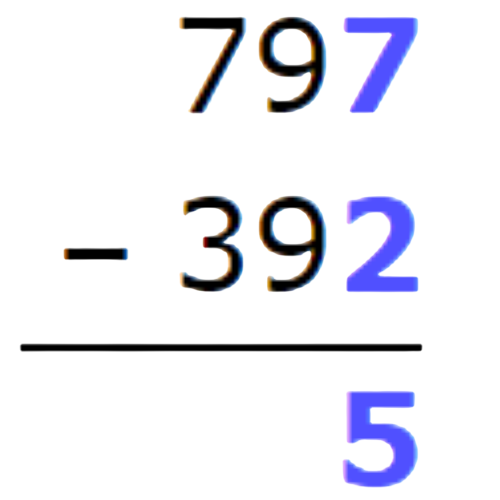
Subtract the tens. Subtract 9–9.

Subtract the hundreds. Subtract 7–3.

The difference is 405.
Add.

Add the ones. Add 7+3+6+5. Remember to carry over.
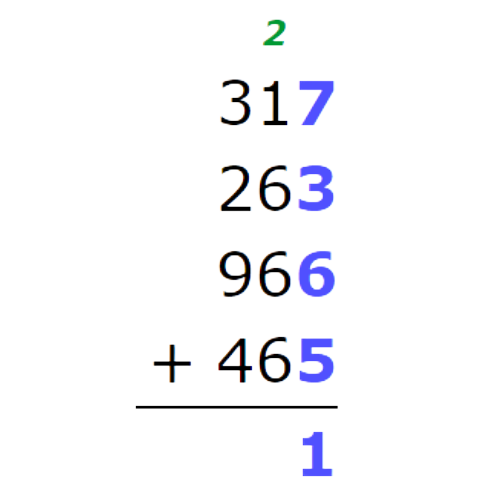
Add the tens. Add 2+1+6+6+6. Remember to carry over.

Add the hundreds. Add 2+3+2+9+4. Remember to carry over.
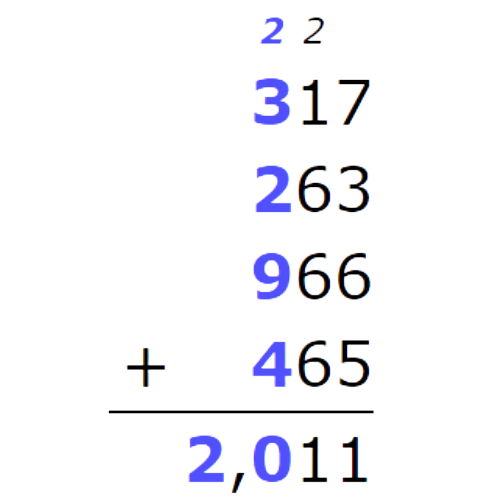
The sum is 2,011.
Add.
500 + 739 =
Add the ones. Add 0+9.
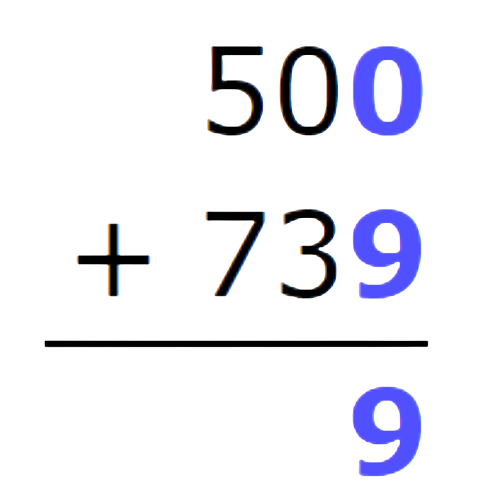
Add the tens. Add 0+3.
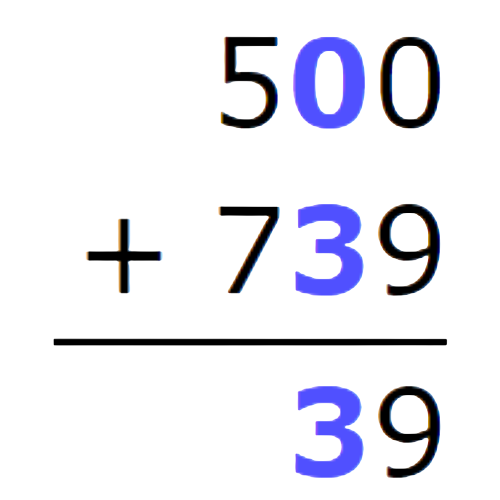
Add the hundreds. Add 5+7. Remember to carry over.
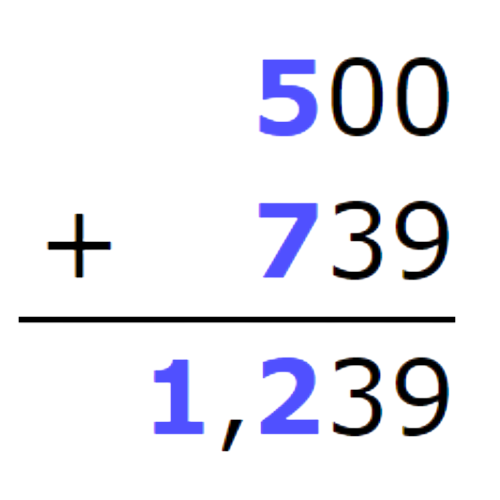
The sum is 1,239.
Let’s practice!

